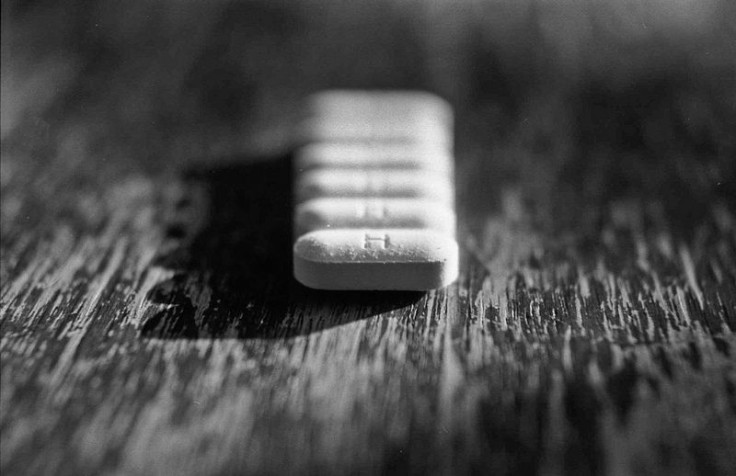Prescription Drug Abuse Persists Despite Efforts To Curb It; New Report Recommends Measures To Reduce Overdose Deaths

Prescription drug abuse has been a growing problem in the United States. As the sale of prescription painkillers and other medications has risen by 300 percent since 1999, states have seen as many as four times the number of overdose deaths. A recent report by the Trust for America’s Health now shows that states aren’t doing enough to curb prescription rates either.
“In the past two decades we’ve seen many advances in the development of new prescription drugs, which have been a miracle for many,” Jeff Levi, executive director of Trust for America’s Health, told CNN. “But we’ve also seen a corresponding rise in misuse, and the consequences can be dire.”
Prescription drugs were responsible for more than 14,800 overdose deaths in 2008, and more than 475,000 people visited emergency rooms for prescription drug abuse — twice as many as in 2004. Another 12 million people put themselves at risk for overdose or illness from prescription drugs because they use them for nonmedical purposes.
The report recommends 10 practices that states could use to be proactive in curbing prescription drug abuse. Out of these 10 recommendations, which included educating the public, providing access to rescue medications, and improving Prescription Drug Monitoring Programs, only New Mexico and Vermont were identified as practicing all 10. Twenty-eight other states and Washington D.C. rated a six and below.
It also found that drug overdose deaths doubled in 29 states since 1999, tripled in more than 10 states, and quadrupled in four states. More than half of states lack requirements that doctors or healthcare providers educate their patients about prescription medication, and a little less than two-thirds of states fail to provide access to naloxone, a prescription drug that has been shown to reverse an overdose.
“People who have to take these pain relievers or who are caring for someone taking them may want to explore whether they can get a prescription for naloxone to have it on hand as a rescue drug in the event of an overdose,” Andrea Geilen, director of the Johns Hopkins Center for Injury Research and Policy, told CNN.
A recent report also concluded that the rise of prescription drug use hasn’t been met with gains in pain treatment. Among other things, it found that prescriptions for non-opioid painkillers, used to treat new-onset musculoskeletal pain, dropped from 38 percent to 29 percent between 2000 and 2010, while opioid painkiller prescriptions rose. Because of this unnecessary overuse, researchers said that “efforts to improve the identification and treatment of pain may have backfired.”



























